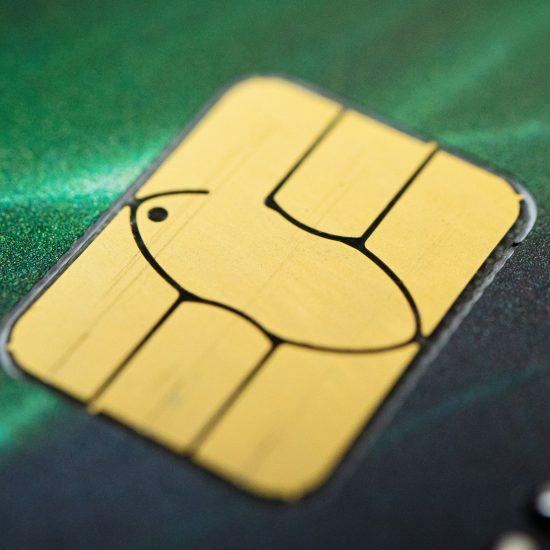
In part II of creating the ultimate sales playbook, we dive into the ‘why’ and ‘how’ of this all-important document.
As we outlined in the first part of our guide to building the ultimate sales playbook, the creation of this resource is essential for any business involved with sales.
In that article, we outlined the ‘what’ of this document.
Now, we are delving into its ‘why’ and ‘how’.

We’re starting with a blank canvas. Credit: Mediamodifier on Unsplash.
The Ultimate Sales Playbook – the ‘Why’
Here are some of the primary benefits of creating the ultimate sales playbook for your business:
- Consistency: This playbook should be your bible. It’s where everything from sales tools and processes, handover protocols, remuneration schemes, and phone scripts should be kept – plus more. A centralised place will increase your teams’ efficiency and cohesion and reduce lead times.
- Better positioning: Consistent messaging, branding, and market positioning allows everyone in your team to ‘sing the same song’. This creates a stronger brand, clearer message, a greater understanding of the industry at large, and better market competitiveness.
- Better prospects: With everyone’s wisdom in one place, objection handling, pain-point identifying, and the closing of sales should be much smoother.
- More sales: When all of the above is combined into the ultimate sales playbook, sales should increase. As a result, your business can better position itself in the market, present its value with improved clarity, and close more sales.

With the creation of the ultimate sales playbook, closing of sales should be smoother. Credit: Linkedin Sales Solutions on Unsplash.
The Ultimate Sales Playbook – the ‘How’
Here are three key steps to consider relating to the how of your ultimate sales playbook:
Step 1: Who Should be Involved?
An ultimate sales playbook gives your business a strategic edge. It is the sum of everything your business is about in one place.
This is especially true when it comes to blending your business’ sales and marketing – to make sure messaging, goals, and brand positioning are clearly defined across your whole business. Here are the chief people who should be involved in the playbook’s creation:
Salespeople: The VP, director, and some of your business’ high-performing sales representatives – the number dependant on the size of your business.
Marketing people: Chiefly, the CMO, product marketers, and market researchers. The goal here is to clearly define your business’ buyer personas, brand messaging, and market positioning.
Outside people: This is how you turn a good sales playbook into a great one. Market researchers, data analysts, industry specialists, or someone like Hunt & Hawk – marketing, sales, and professional services experts – can provide you with an invaluable outsider’s perspective.

Consider who to involve in the process. Credit: Smartworks Coworking on Unsplash.
Step 2: What Part of the Sales Process Will Be the Focus?
If you are starting your ultimate sales playbook from scratch, save yourself some heartache and tackle it one section at a time.
It is a big project, so without outside help it is recommended to pick one aspect of the sales cycle and then move on to the next.
So, deciding where to begin…
Take a look at how your business is currently performing. Talk to your sales reps and determine what resources you already have – i.e. email templates and phone scripts – and where resources need to be included or improved.
Here are some ideas of where to start:
- Identify qualified buyers: Buyer questions, a step-by-step framework, and key identifiers.
- Present value: Messaging, your ‘why’, industry insights, testimonials, and objection handling.
- Close: Email/phone close scripts, sample contracts, and negotiation frameworks. Depending on the complexity of your product, these will either be clear-cut or vary according to the sales rep.

Chat with your sales reps to determine what resources already exist. Credit: Berkeley Communications on Unsplash.
Step 3: It’s a Work-In-Progress
Depending on your business, you can choose to either implement uniform sales protocols or allow each sales rep to use its discretion if this is a more effective approach for your business. Overall, it depends entirely on you and your business.
The number one thing the ultimate sales playbook should include at all times are clear expectations.
By doing this, no matter how you choose to do business or even how you approach your sales playbook, there is a clear understanding of what is expected from your staff and with sales outcomes.

It is paramount that your staff are clear as to what is expected of them. Credit: Christina Wocintechchat.com on Unsplash.
Need Outside Help?
At Hunt & Hawk, we’re experts when it comes to sales, marketing, and branding.
Whether you need a hand to create your ultimate sales playbook or are after general support, reach out.
Contact us at hello@huntandhawk.com or book a meeting to chat.
Want to know more about Hunt & Hawk? Check out more of our blog or follow us on LinkedIn.





